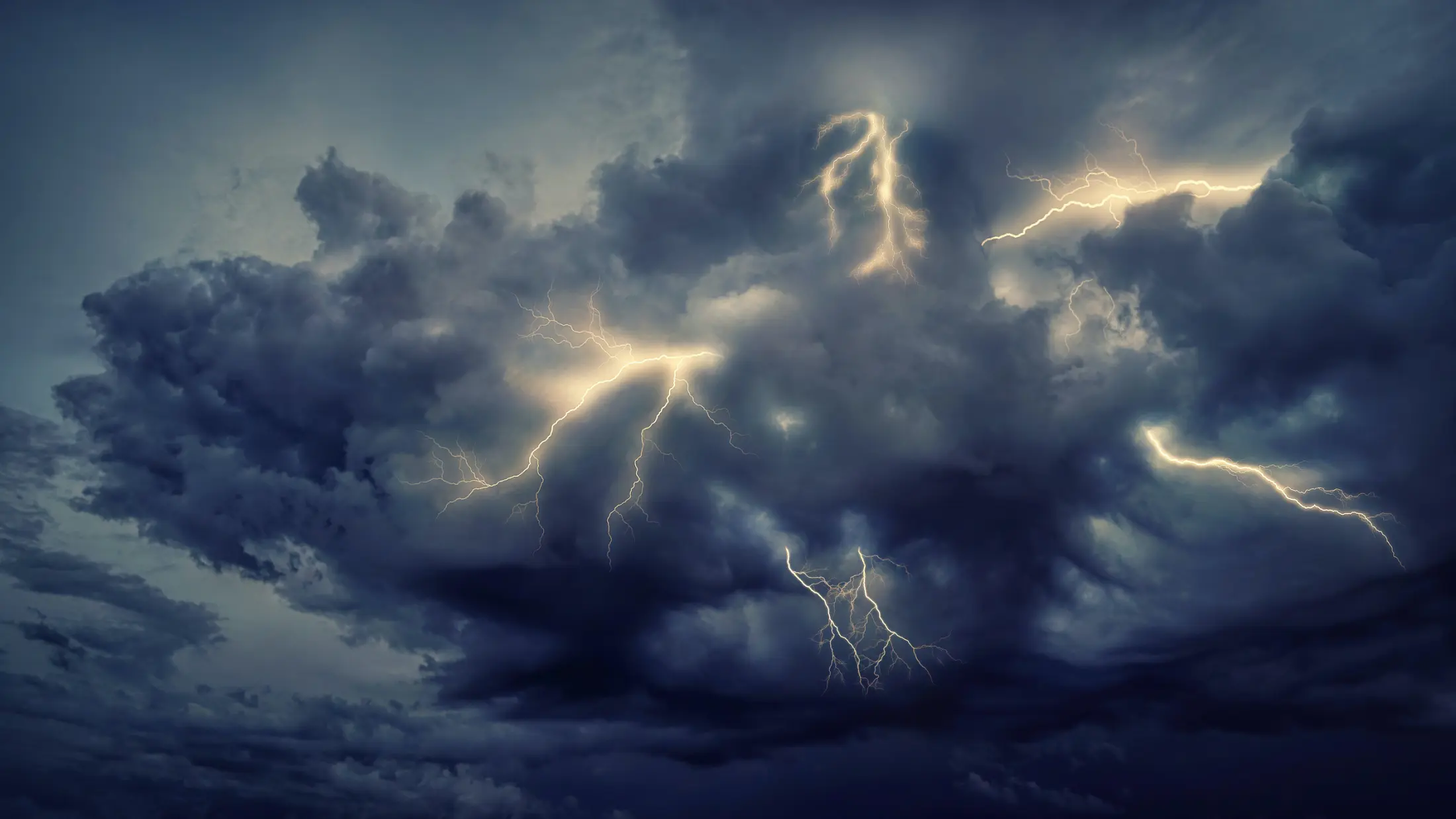About
The Disaster Risk Reduction Working Group (DRR-WG) is created to promote the use of Earth observations in national efforts to build disaster resilience and disaster risk reduction. Our goal is to develop and implement a coherent and crosscutting approach for this purpose.
The GEO Work Programme is currently implementing more than two dozen activities using Earth Observations for disaster preparedness and prevention, mitigation of potential damage, and better management of and recovery from disasters.
Significant reductions in fatalities and property damage can be achieved by strengthening cooperation and data sharing for satellite and surface data to manage risks posed by fires, floods, earthquakes, and other hazards. Better information, made widely accessible, leads to improved understanding of disaster risk.
WHAT WE DO
- Serving as the primary GEO liaison to the United Nations Office for Disaster Risk Reduction (UNDRR)
- Promoting awareness of relevant global policy frameworks, such as UNDRR Sendai Framework for Disaster Risk Reduction 2015–2030
- Collaborating with other working groups and activities within GEO on climate action, sustainable development, and urban resilience

































































